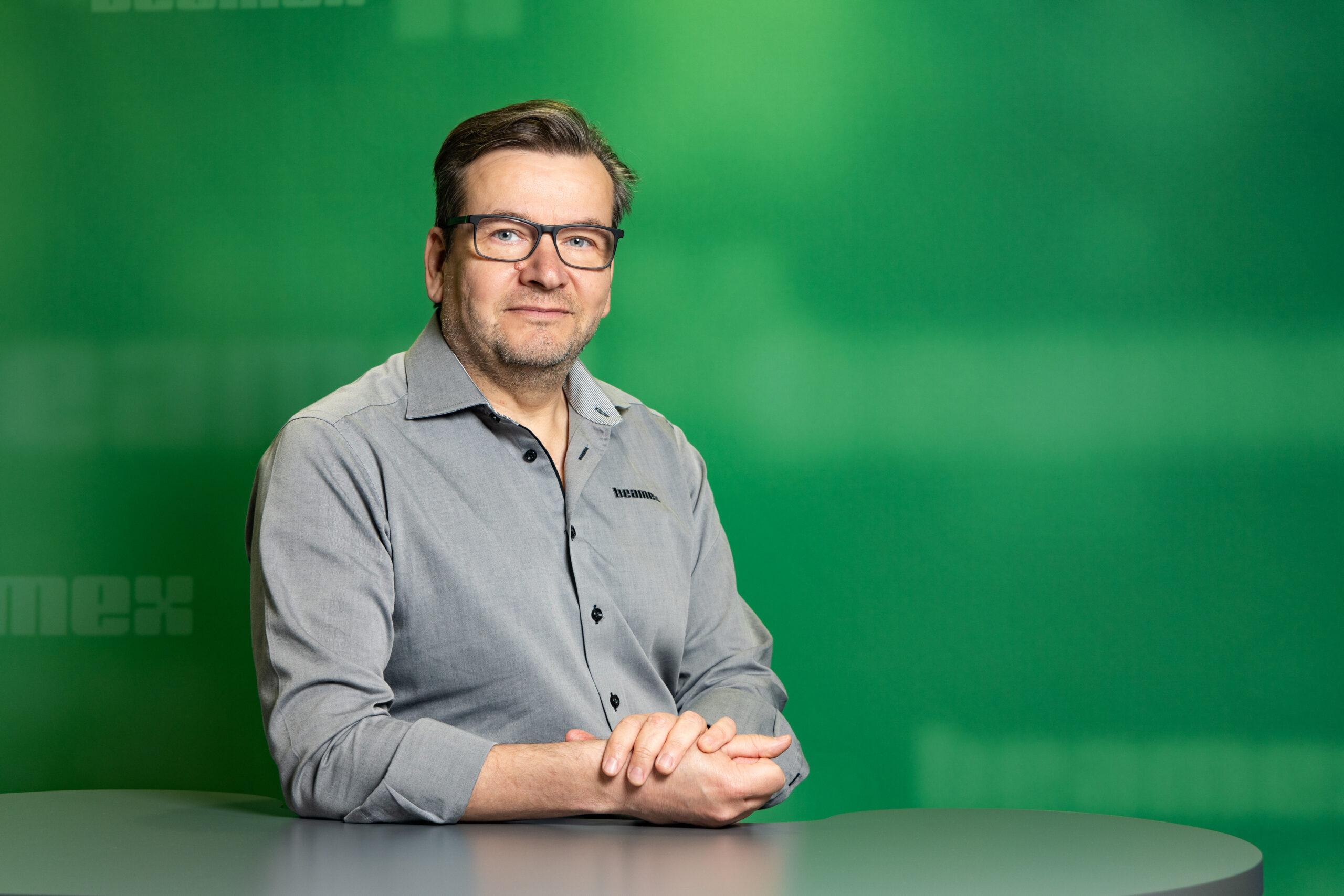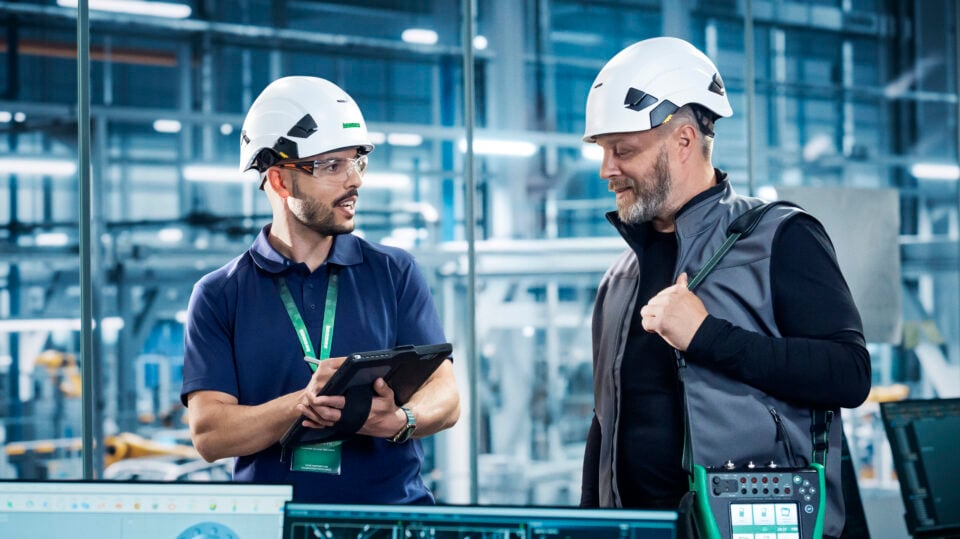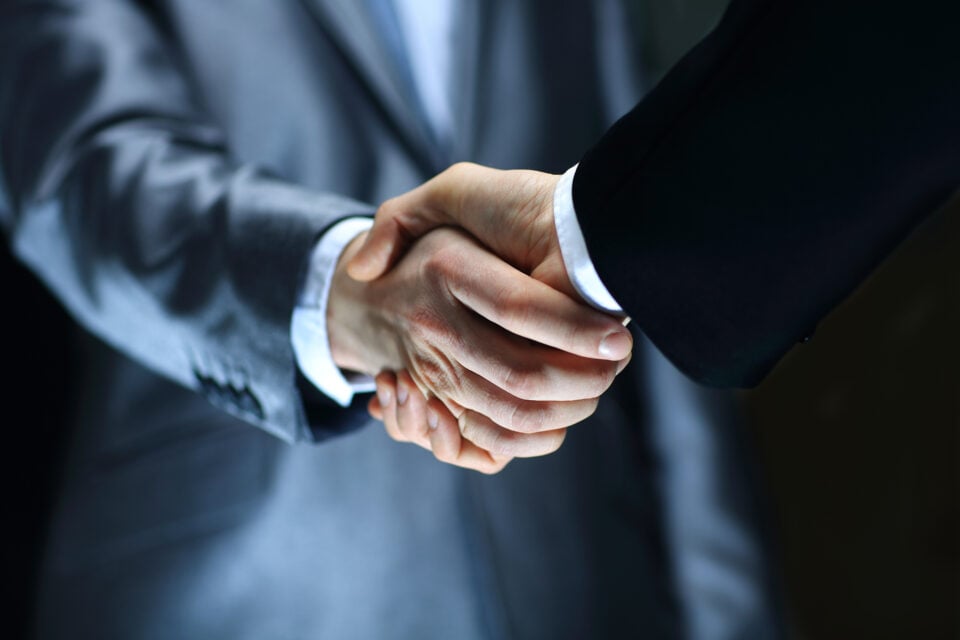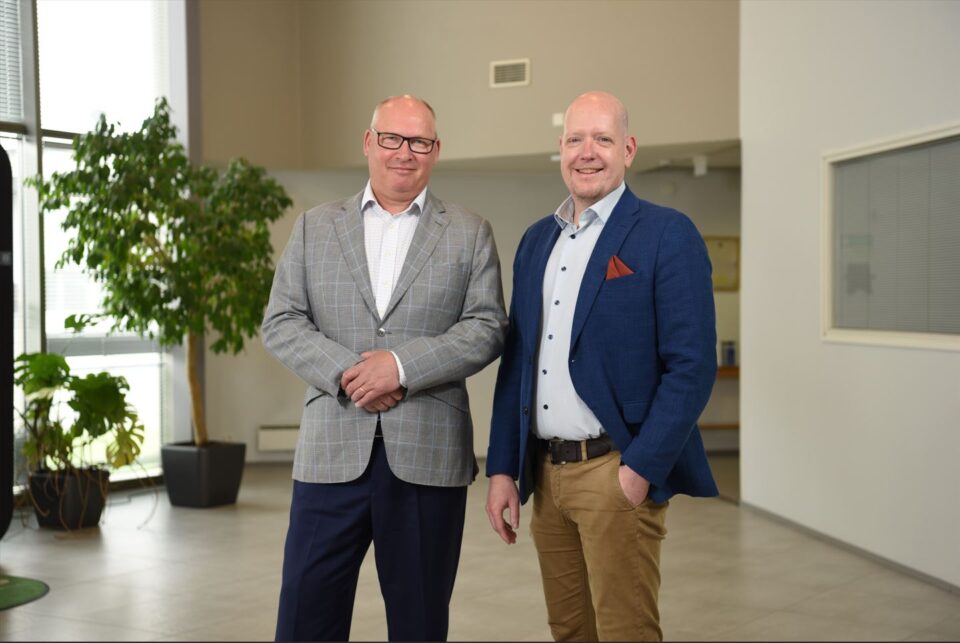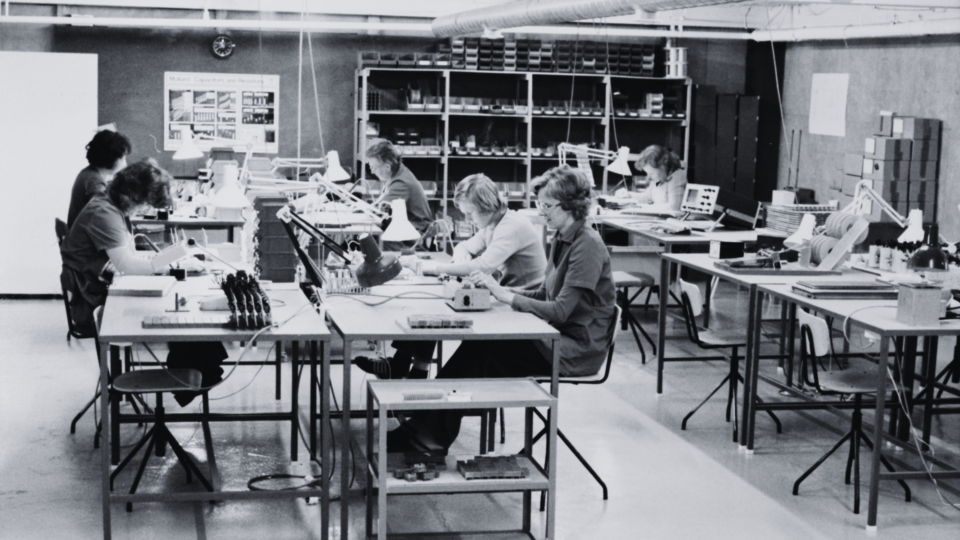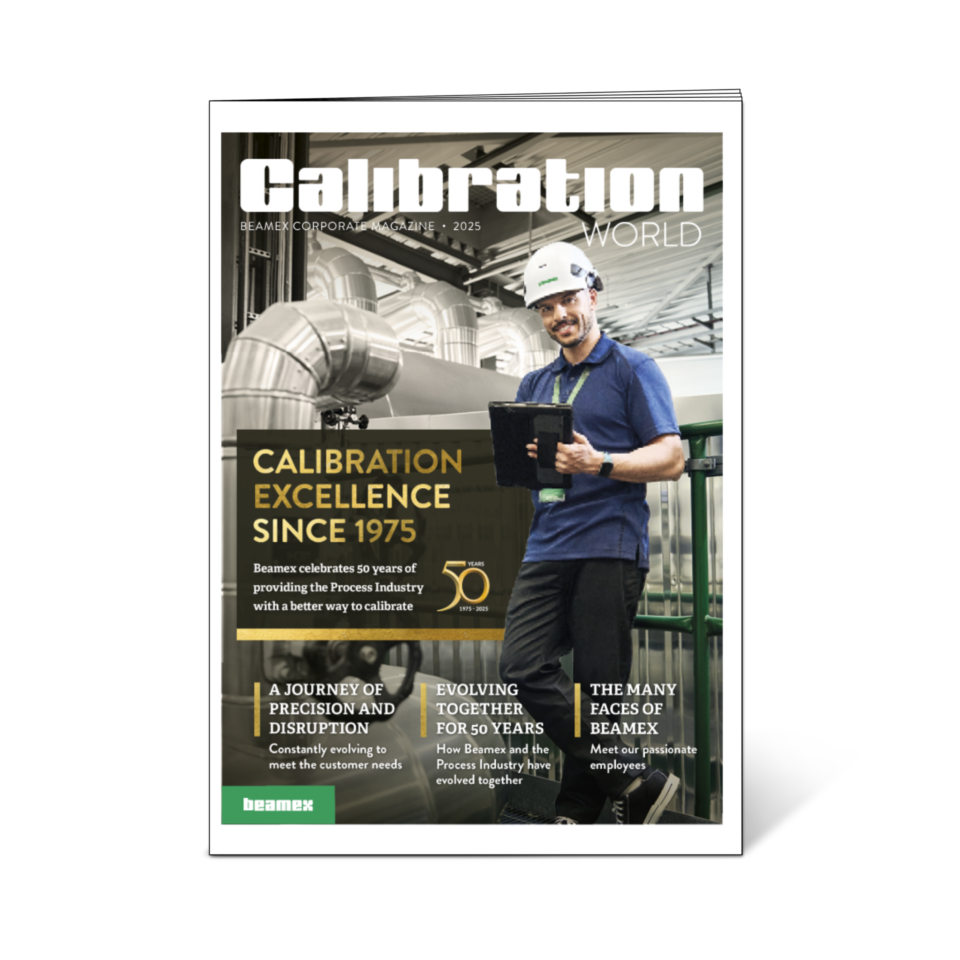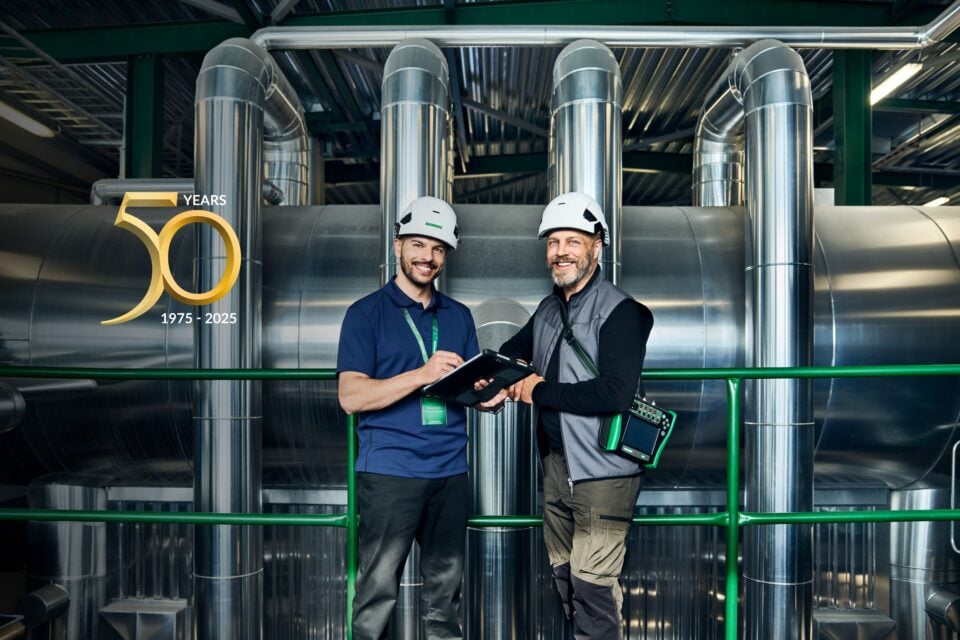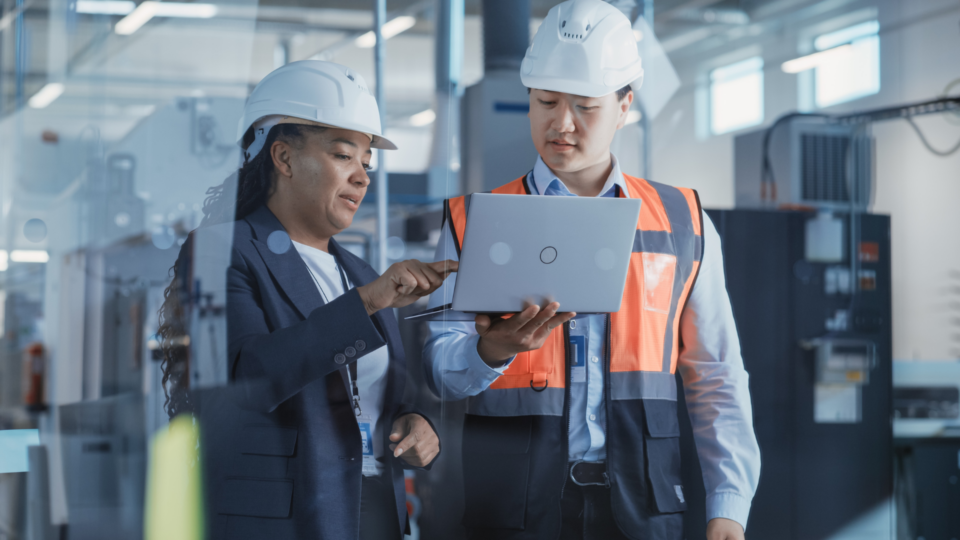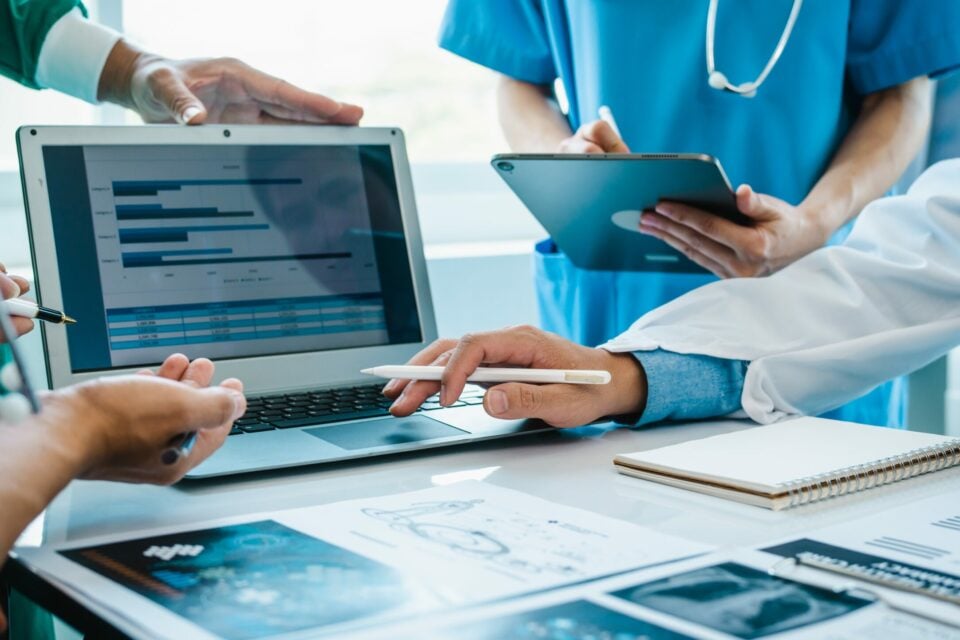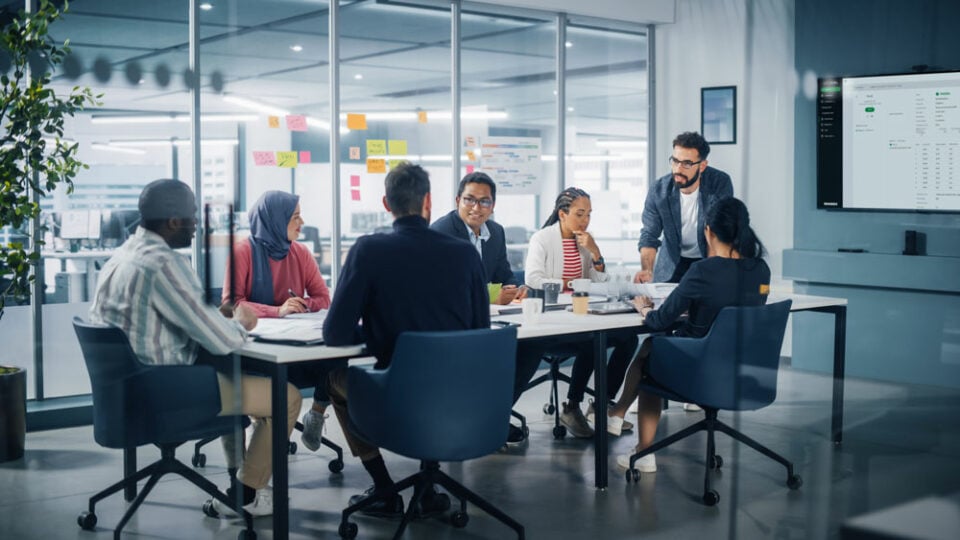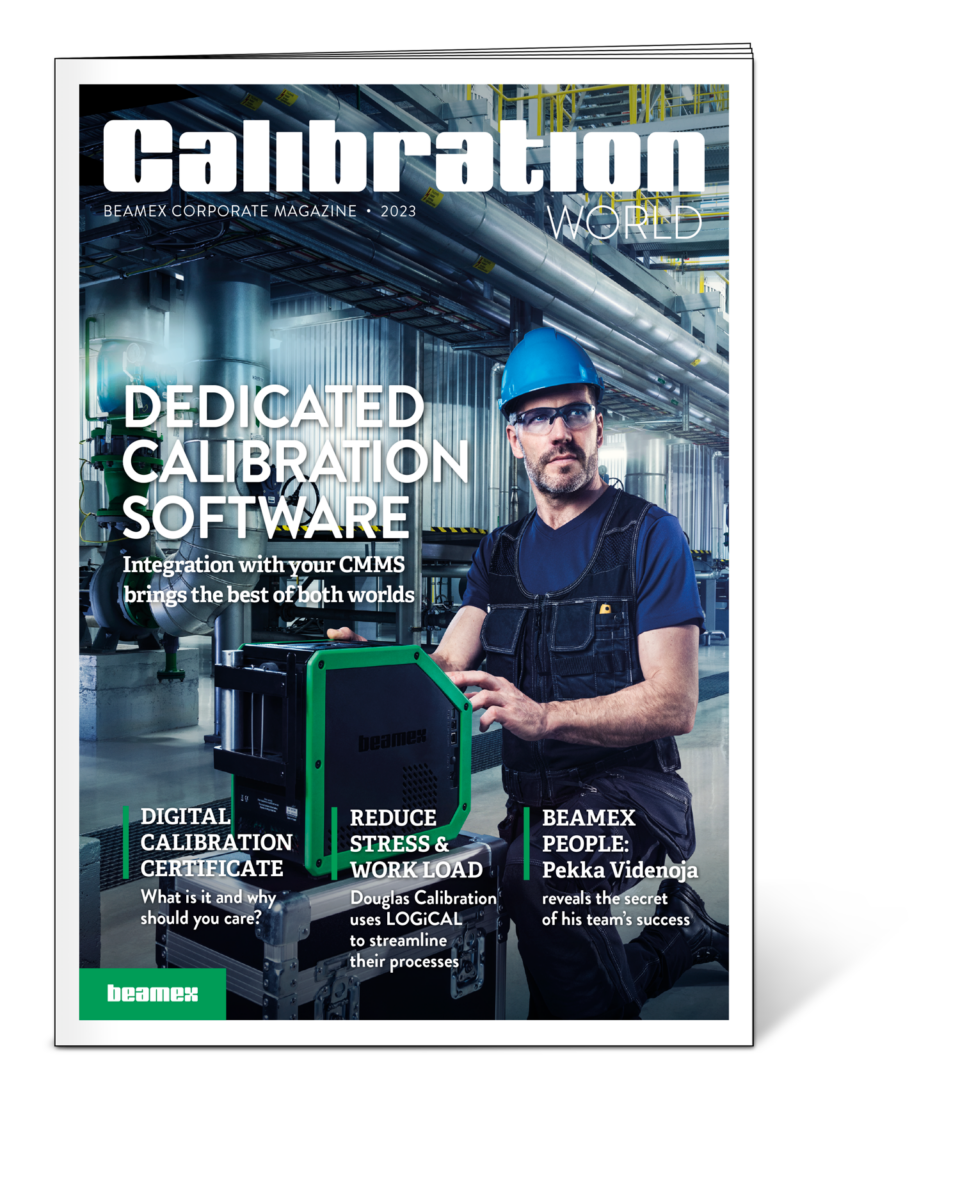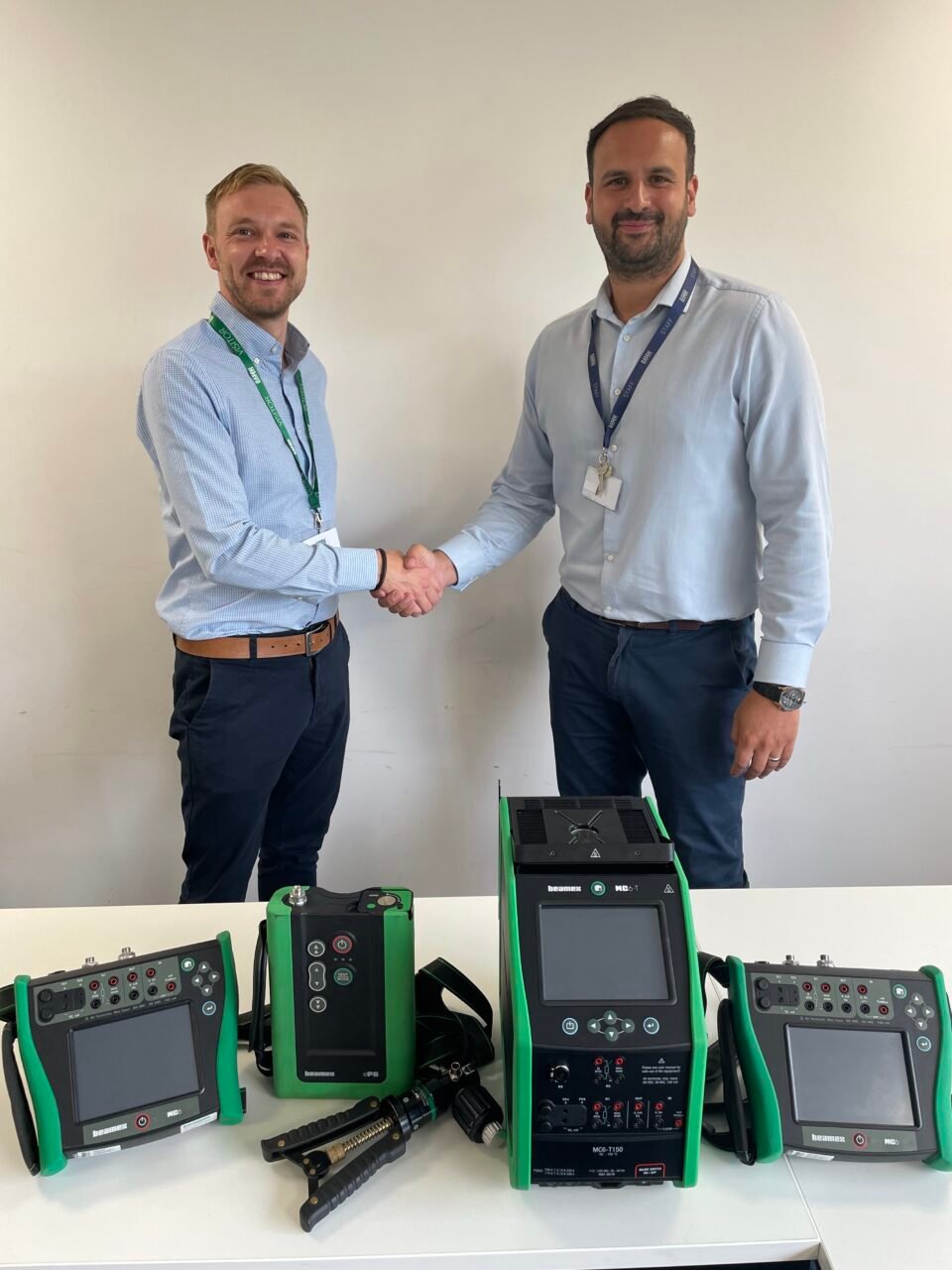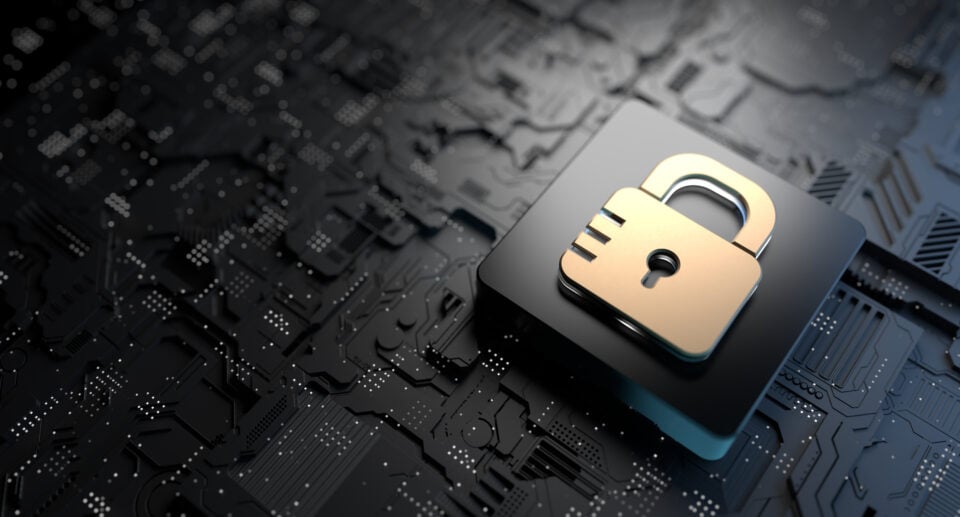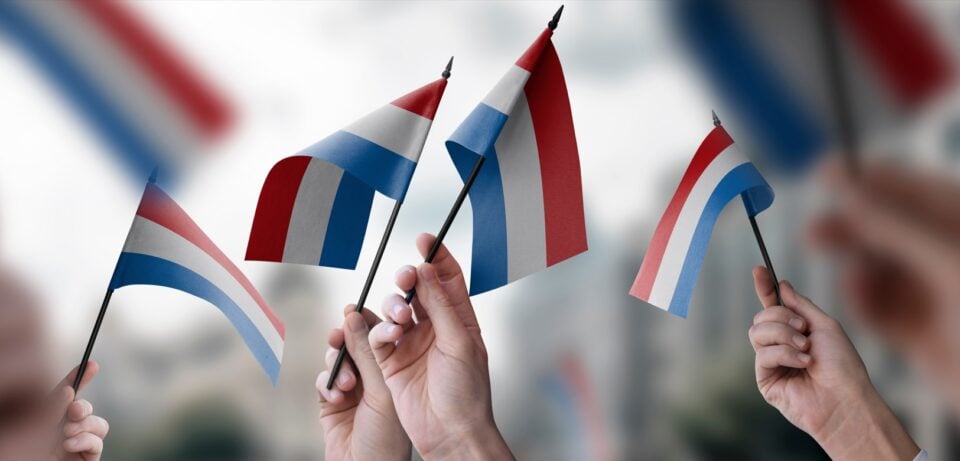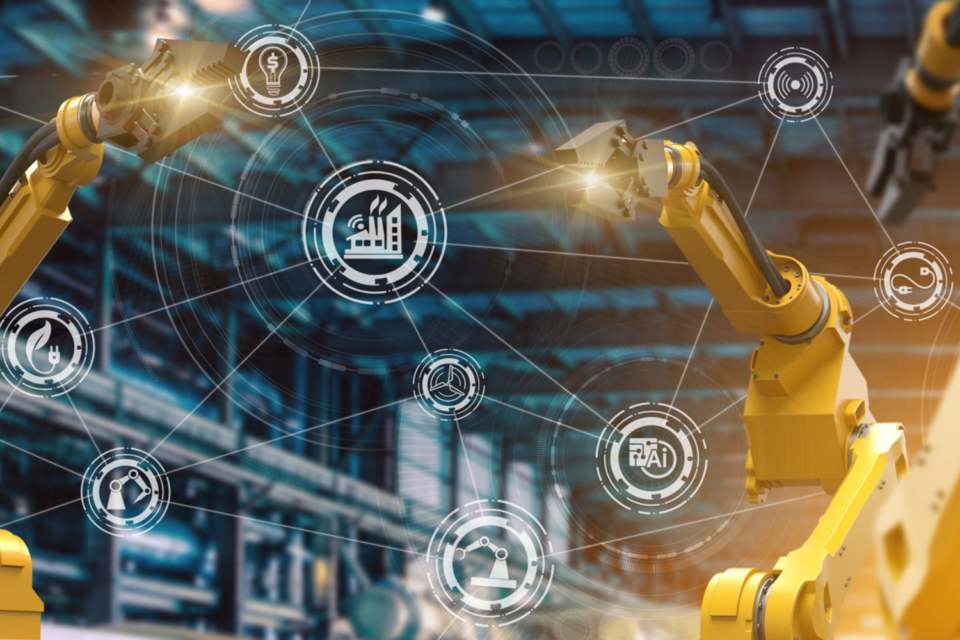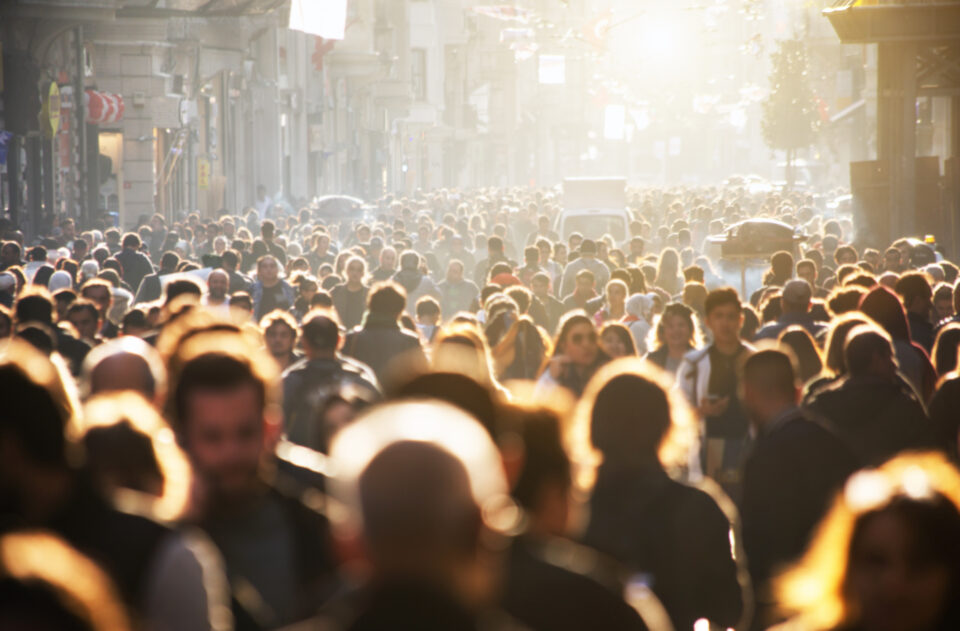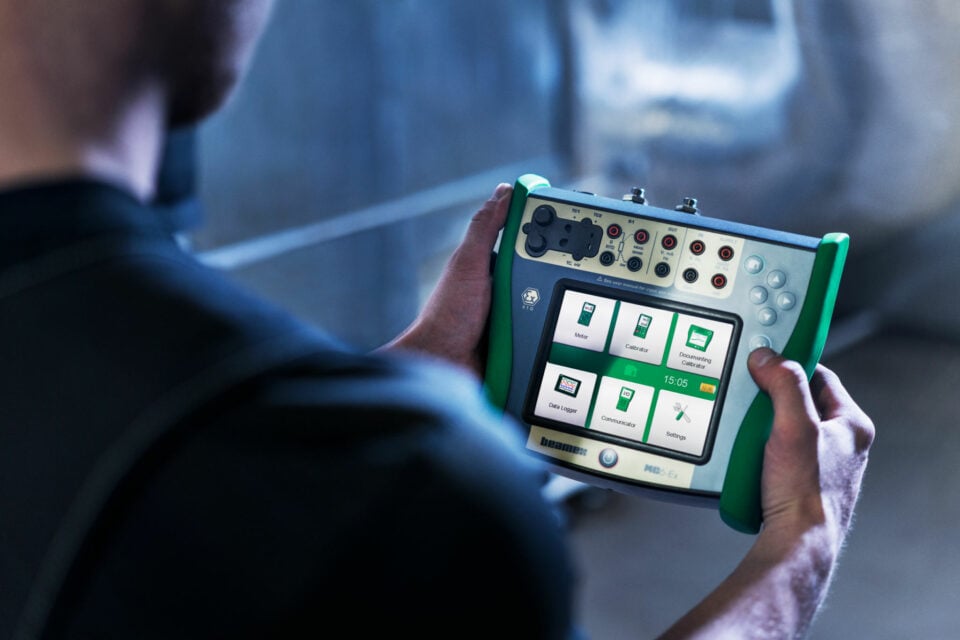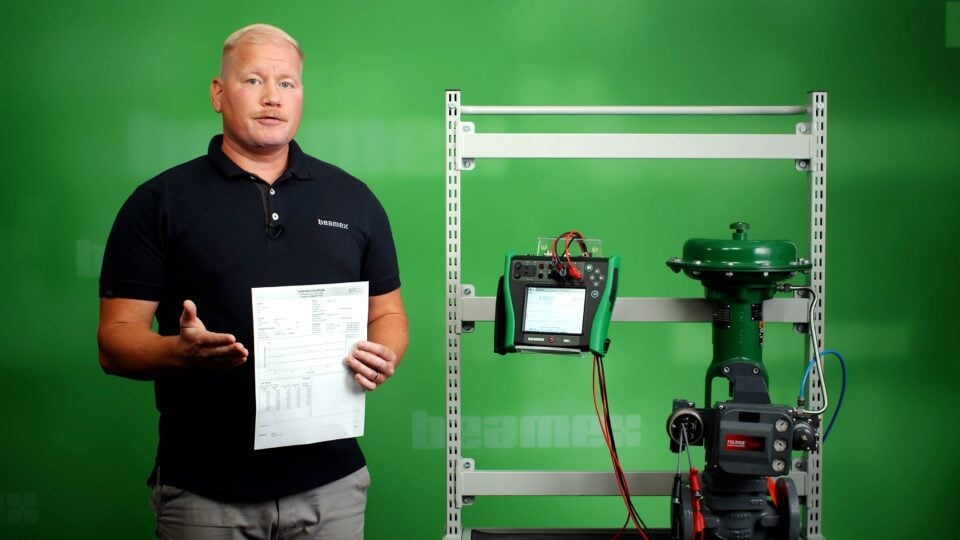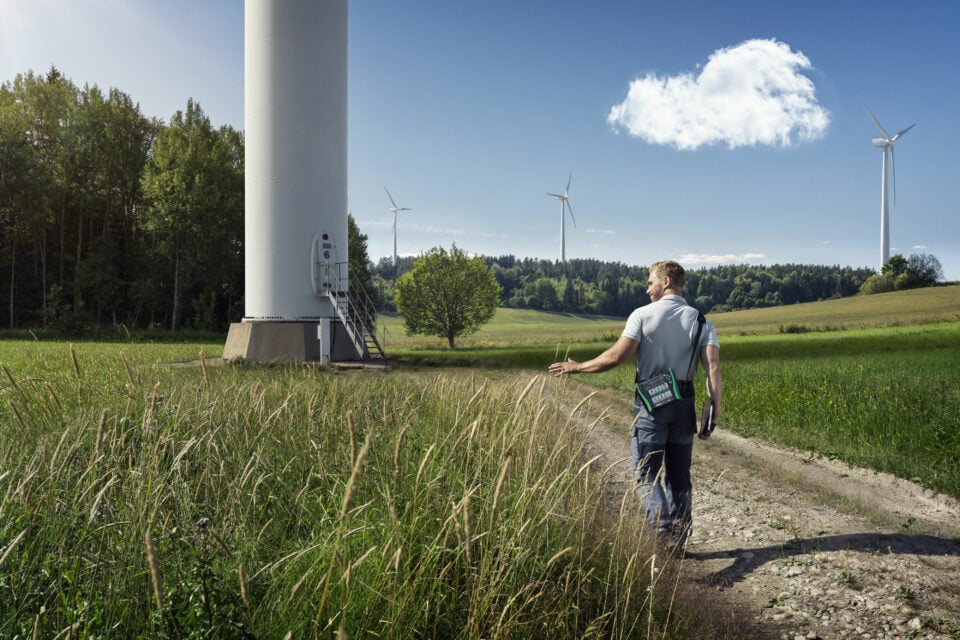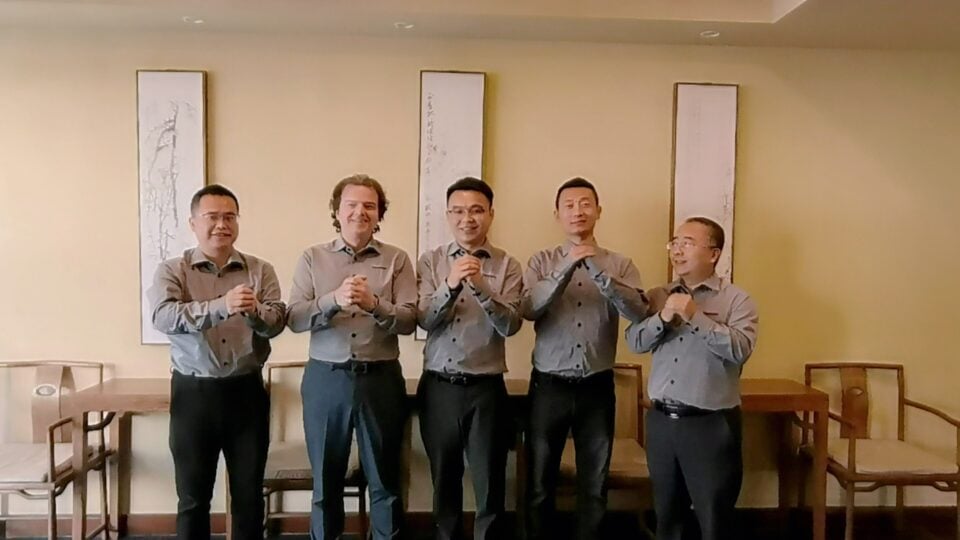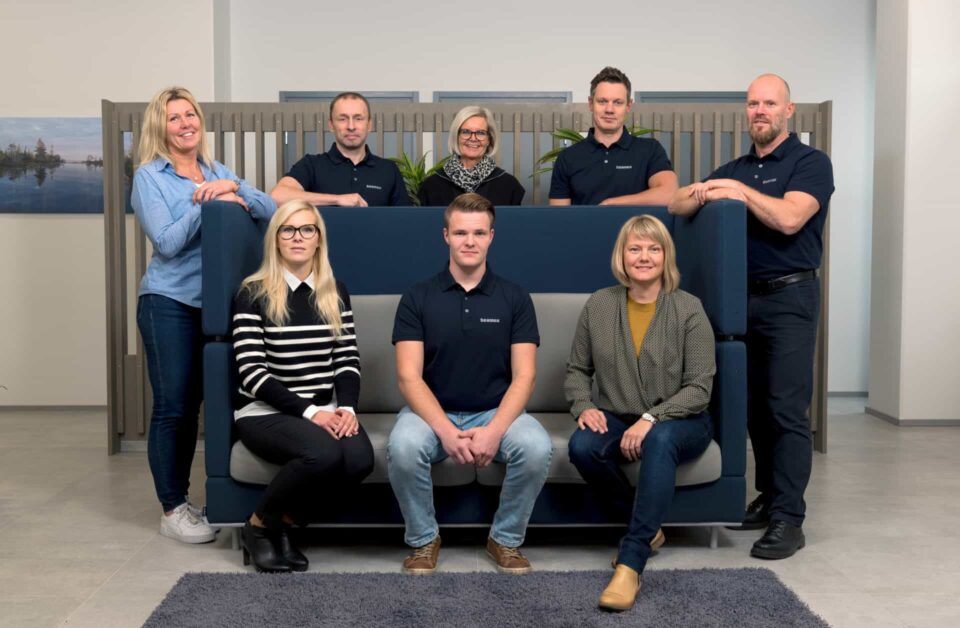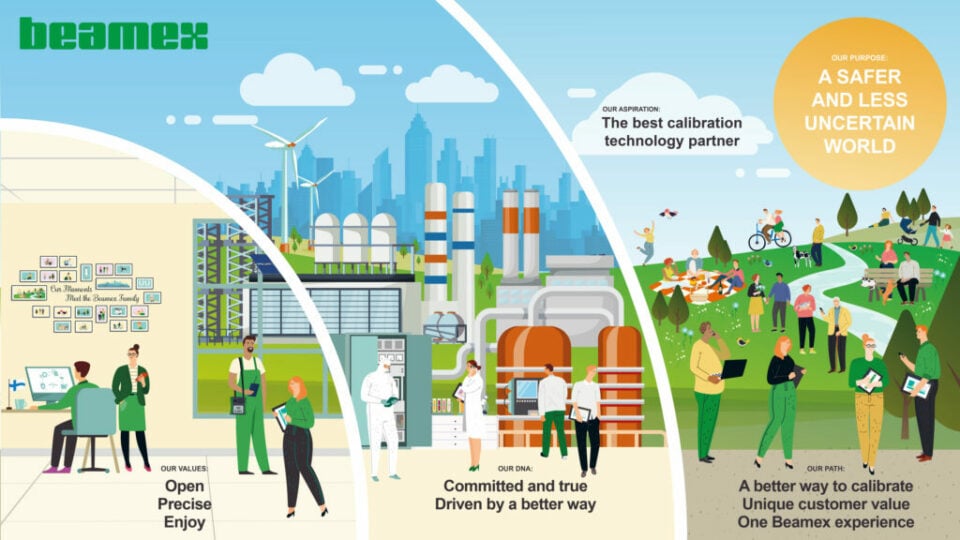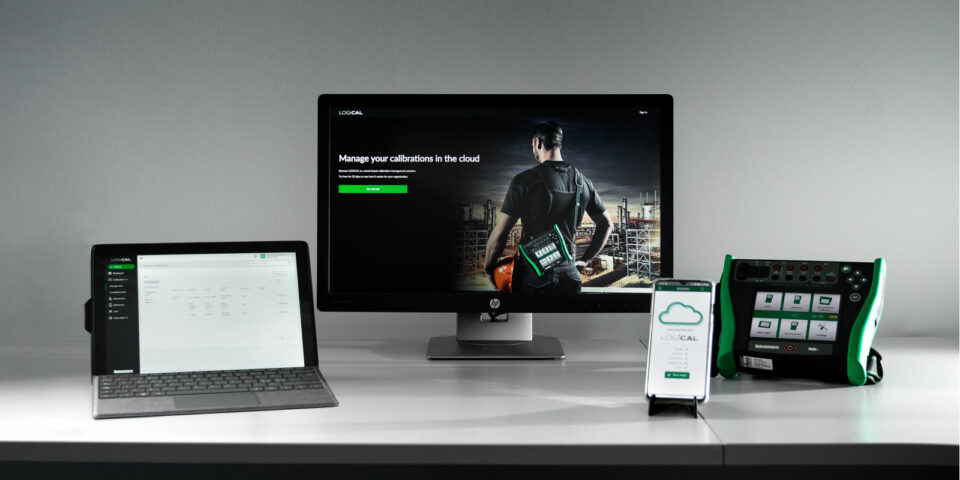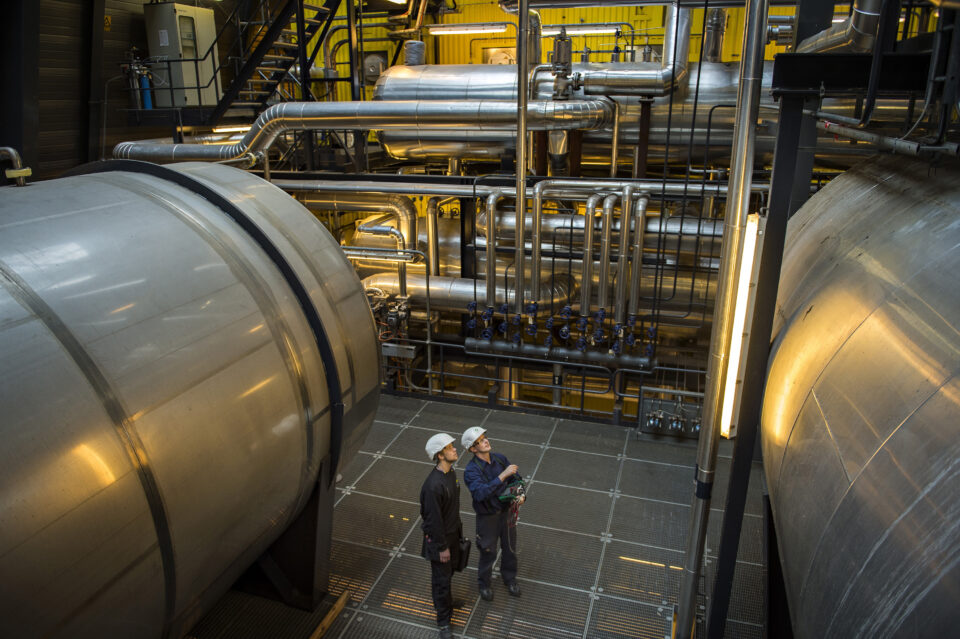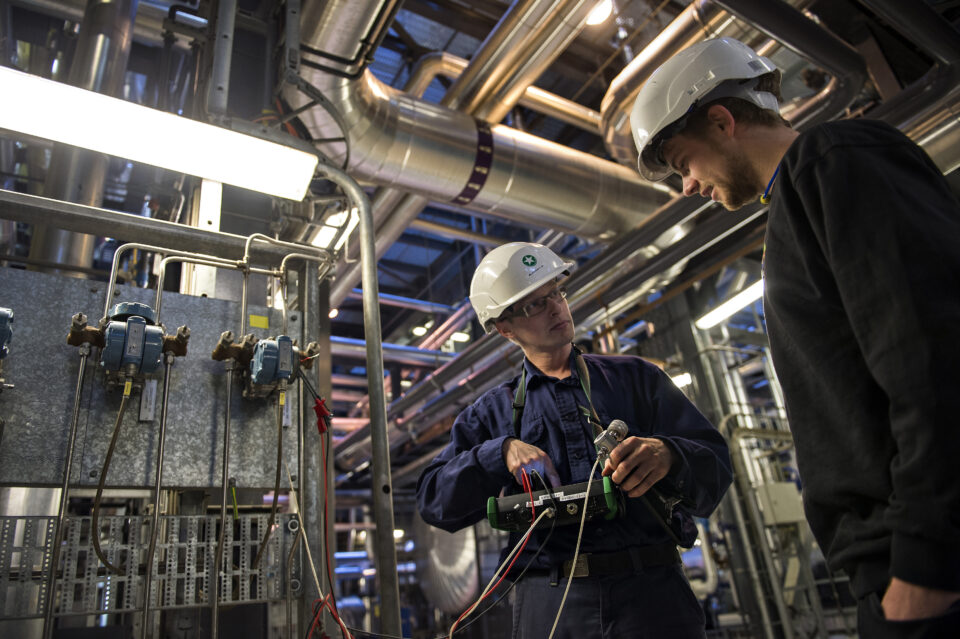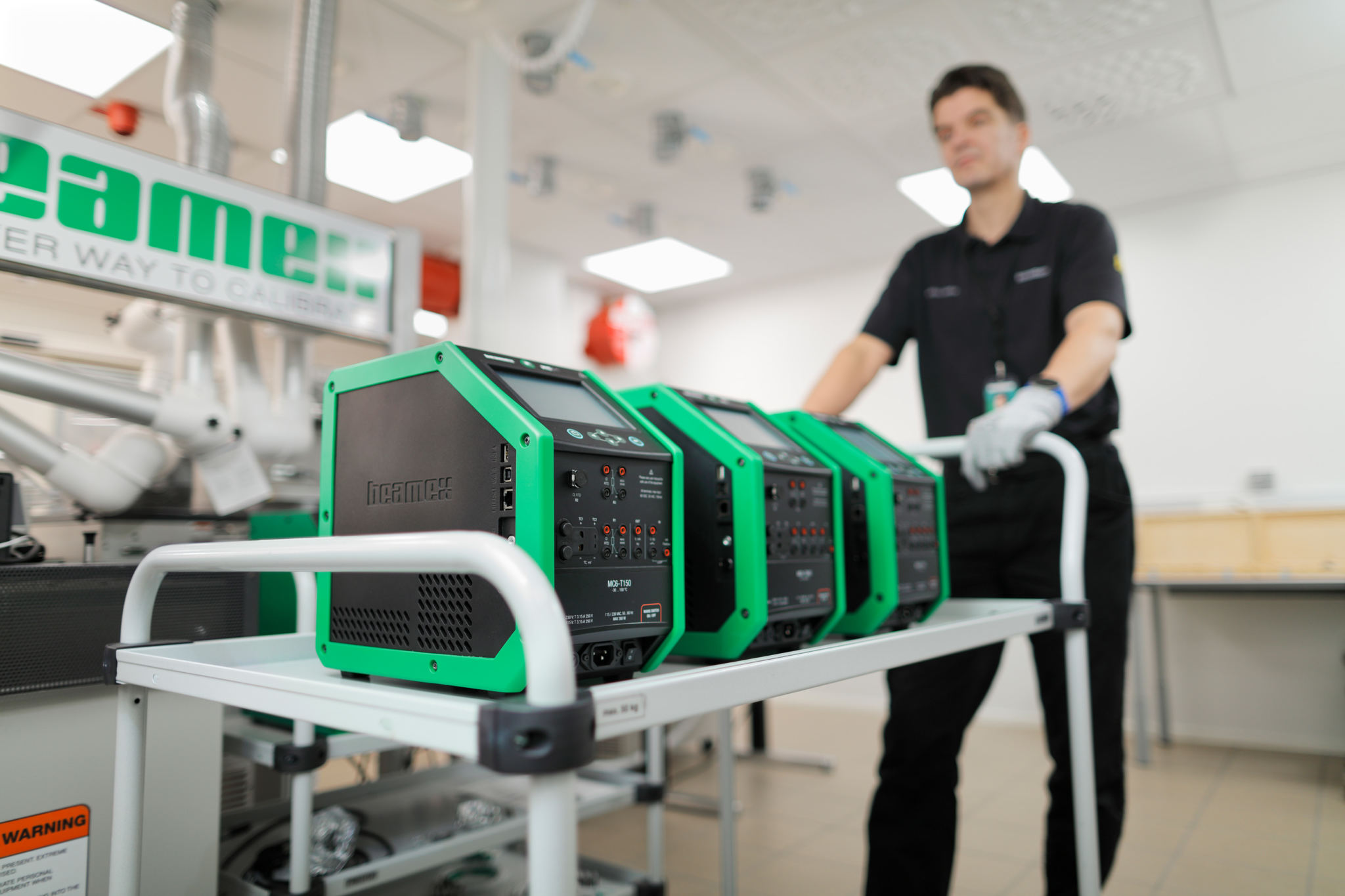
The role of calibration in a decoupled world
Heikki Laurila, Product Marketing Manager, Beamex
Beamex recently had an interesting opportunity knock on our door. A US-based customer was shopping around for calibrators and decided to choose us. As many of you know, I take immense pride in the technical quality of our calibrators and the ecosystem we have built around them. Initially, I assumed this was the primary factor behind their decision. But, as my colleague Jan-Henrik Svensson later explained, that was not the only reason.
In addition to their considerations, the customer emphasised the importance of ensuring that our calibrators were not sourced from China before finalising their decision. While it’s true that many products contain Chinese components, the key distinction here was that the Beamex calibrator proudly carried a “Made in Finland” label. Remarkably, our US-based competitor’s calibrator was manufactured in China, resulting in its exclusion. Given the customer’s connection to the defence sector or “critical infra,” the geographical origin of manufacturing became a significant factor.
Only after they were satisfied did they choose Beamex over other calibration providers across the globe. This decision clearly indicated to me that the economic decoupling between the United States and China is intensifying.
Our CEO Jan-Henrik has identified several indicators to support this emerging trend, and I urge you to read his blog to understand how and why this is happening. What I found more fascinating was the role calibration could play in the evolving backdrop of decoupling. Here are a few ways in which I see it working out.
1. Calibration could make it easier for manufacturers to work under multiple regulatory regimes.
If decoupling progresses at its current rate and geo-political tensions heat up, the global supply chain will inevitably fragment, giving rise to multiple or even regional supply chains as different economic blocs focus on protecting their interests. Rival regulatory regimes may make it next to impossible for manufacturers to operate in different markets. How do we ensure that a product or service produced through one chain can be distributed in another? The answer is calibration.
Calibration, with its objective of ensuring accuracy, precision, and reliability in measurements, serves as a common language in global trade. It enables manufacturers to consistently produce high-quality goods, irrespective of the production location while bridging the gap across regulatory regimes, ensuring products meet requisite criteria across borders.
2. Calibration could ensure efficiencies if supply chains fragment.
Even if decoupling forces the global supply chain to fragment leading to multiple chains fighting over a dwindling share of raw materials and investments, experts are already counting on technology to help solve the issue. As I write this, various industries are scrambling to automate their manufacturing to gain incremental efficiencies while reducing waste to a minimum. This means, they are investing in IoT, AI, advanced sensors and all the trappings that come with Industry 4.0. It takes no leap of imagination to realise that these technologies could help negate some of the inefficiencies that arise.
For example, completely automated factories near shored in friendly countries could negate the risk of higher labour costs. Green energy technology will allow countries to be more self-sufficient, reducing their dependence on hostile governments. Here, I’d highly recommend reading my colleague Antonio Matamala’s blog on the topic. And through all of this, calibration will help industries ranging from automation to energy ensure that accurate data is measured through field devices, manufacturing processes are validated, and the desired outcomes are achieved.
3. Calibration could help open innovation and collaboration through increased security
Decoupling and the rise of different regulatory regimes could effectively put an end to global collaboration and cooperation. But here, technology could provide a way out. As my colleague Sami Koskinen writes in his blog, different technologies, such as AI and advanced sensors, could be used to collect data and create shared data ecosystems where researchers and experts from different countries could work and collaborate. However, for this to happen, data and digital security must be top-notch.
Here, I can see AI being used to anonymise data, ensuring that different stakeholders can utilise the data without the security and privacy of the citizenry being affected. Calibration software could be used to ensure the validity of data/measurements, adding another layer of trust to information security systems. Additionally, calibration hardware can be used to ensure that field equipment and sensors (both prone to cyber-attacks) are accurate and have not been tampered with, increasing their reliability And, of course, even the calibrators need to be made secure. At Beamex, we are constantly working on building resilient connections between our calibration hardware and software, negating the risk of malware and spyware.
In conclusion, decoupling will have serious ramifications for the manufacturing sector and the global supply chain. Governments and businesses have learnt from the experience of the pandemic and are actively working to build up resilience across systems. Calibration will play a key role in measuring, testing, and validating this resilience, and in the process, it will open new opportunities for growth in a decoupled world.
You might also find interesting
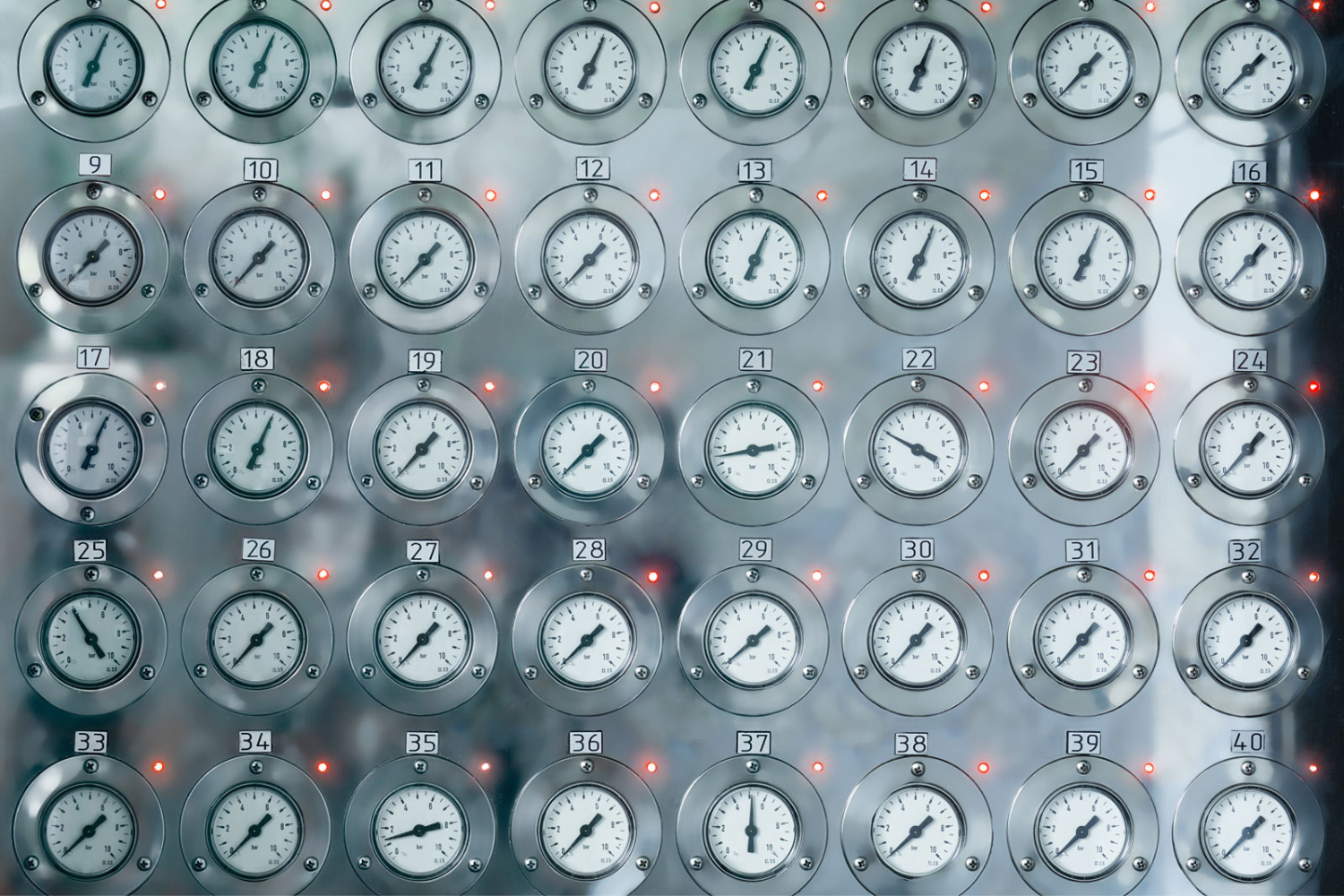
For a safer and less uncertain world
Welcome to our series of topical articles where we discuss the impact that accurate measurement and calibration has on the world and our everyday lives.
